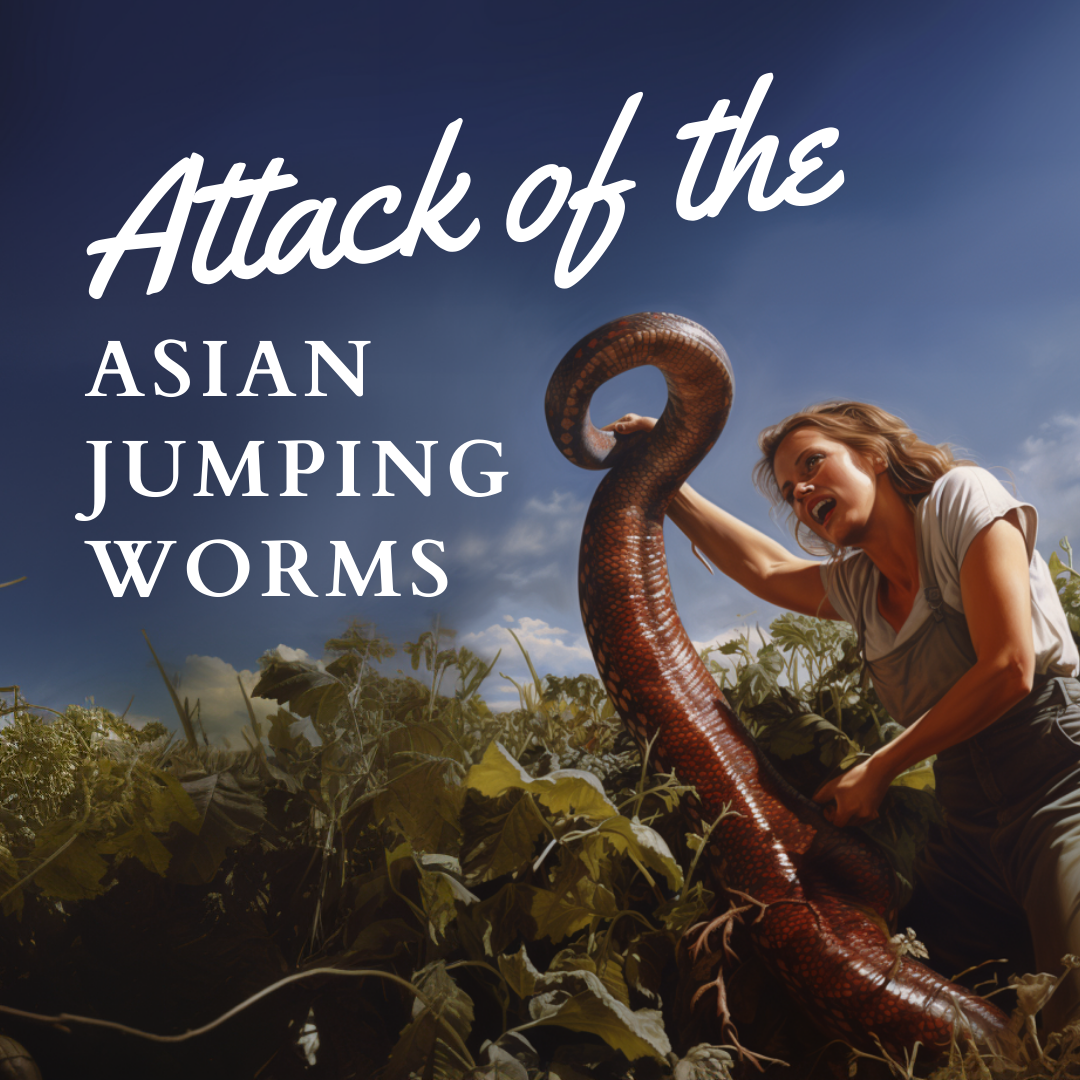s we delve into the world of gardening and the natural ecosystem, we often encounter unexpected guests. Among these, the Asian jumping worms (Amynthas spp.) have been stirring up quite a buzz in the world of horticulture and ecology. These wriggly invaders, although fascinating in their own right, present a significant challenge to gardeners and naturalists alike. In this article, we will explore the history, impact, and management strategies for these invasive species, merging scientific insights with our innate curiosity about the natural world.
The Arrival of the Asian Jumping Worms
Origins and Spread
The story of the Asian jumping worms, native to East Asia, is a tale of accidental global travel. These earthworms were first reported in the United States in the late 19th century, likely hitching a ride through plants or soil. Their presence went relatively unnoticed until gardeners and ecologists began observing their peculiar behavior and the impacts they had on the soil.
Recognizing the Invaders
Asian jumping worms are distinct from their earthworm cousins in several ways. They are known for their vigorous wriggling, which makes them appear as if they are ‘jumping’. These worms are typically 4 to 8 inches long, with a smooth, glossy appearance and a white band (clitellum) that encircles their body.
The Impact on Ecosystems
Soil Structure and Nutrient Cycling
The impact of these worms on soil structure is profound. They voraciously consume organic matter, leaving behind soil that resembles coffee grounds. This can lead to a decrease in soil fertility, affecting garden plants and native vegetation. Furthermore, the altered soil structure can impact water infiltration and retention, leading to increased erosion and reduced soil health.
Biodiversity and Native Species
Asian jumping worms also pose a threat to biodiversity. By outcompeting native earthworm species and consuming vital organic matter, they can disrupt the delicate balance of ecosystems. This has a cascading effect on the flora and fauna that depend on healthy soil for survival.
Managing the Invasion
Early Detection and Identification
The first step in managing Asian jumping worms is early detection. Gardeners and ecologists must be vigilant, learning to recognize these worms and their unique soil impacts. Regular monitoring of gardens and natural areas is crucial for early intervention.
Cultural and Physical Management
Once detected, physical removal of these worms can be effective, though labor-intensive. This includes hand-picking or using barriers to prevent their spread. Cultivating a healthy, diverse garden can also help in mitigating their impact. Planting native species and maintaining a balanced ecosystem can make environments less hospitable to these invaders.
Biological and Chemical Controls
Biological control methods are still in their infancy, with research ongoing into potential natural predators or diseases that could help manage worm populations. Chemical controls are generally not recommended due to their potential negative impact on the environment and non-target species.
Conclusion
The invasion of Asian jumping worms is a reminder of the delicate balance within our ecosystems and the unforeseen consequences of global interconnectedness. While these worms present a challenge, they also offer an opportunity for gardeners, scientists, and nature enthusiasts to work together in understanding and managing invasive species. Through vigilant monitoring, informed management strategies, and a commitment to ecosystem health, we can mitigate the impacts of these unwelcome guests.
SEO Content
- Focus Keyphrase: Asian jumping worms
- Meta Description: Explore the history, impact, and management of invasive Asian jumping worms in our detailed guide. Learn how to identify and control these unwelcome garden guests.
- Breadcrumbs Title: Home > Gardening Blog > Asian Jumping Worms
- Tags: Asian Jumping Worms, Invasive Species, Garden Management, Soil Health, Biodiversity

